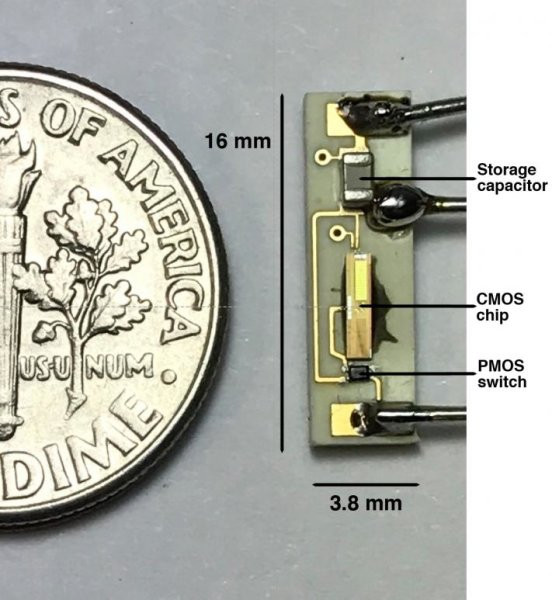Researchers develop wireless and battery-less pacemaker that can be placed directly into the heart
Pacemakers are traditionally not implanted directly inside a patient's heart.

Researchers from Rice University and the Texas Heart Institute (THI) have developed a new type of pacemaker that can be implanted directly into a patient's heart and it works wirelessly and operates without an in-built battery. A pacemaker is a tiny device that sends electrical impulses to the heart to maintain heart rate and rhythm.
The researchers say this pacemaker harvests energy wirelessly from radio frequency radiation transmitted by an external battery pack. It contains a chip at the centre which is less than four millimetres wide and consists of the receiving antenna, a current rectifier, a power management unit and a pacing activation signal.
Pacemakers are traditionally not implanted directly into a patient's heart with the exception of few new age variants and are generally located away from the heart, so that surgeons can periodically replace their batteries with minor surgery. Many times the follow up surgeries can lead to bleeding and infection. However, this model can help reduce those risks, researchers say.
While there are some lead-less pacemakers that also help reduce similar risks their operation is limited to a single chamber of the heart and are thus unable to provide dual-chamber or biventricular pacing. This battery-less and wireless pacemaker can be implanted directly to pace multiple points inside or outside the heart. The frequency of the pacing signals can also be adjusted by increasing or decreasing power transmitted to the receiving antenna.
"This technology brings into sharp focus the remarkable possibility of achieving the 'triple crown' of treatment of both the most common and most lethal cardiac arrhythmias (irregular heartbeat)," Mehdi Razavi, director of clinical arrhythmia research and innovation at THI and associate professor at Baylor College of Medicine in the US told Science Daily.
The team managed to successfully test the device inside a pig's heart and demonstrate it could tune the animal's heart rate from 100 to 172 beats per minute.
© Copyright IBTimes 2025. All rights reserved.





















